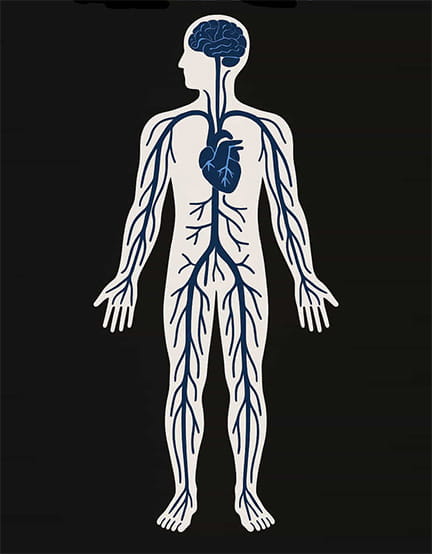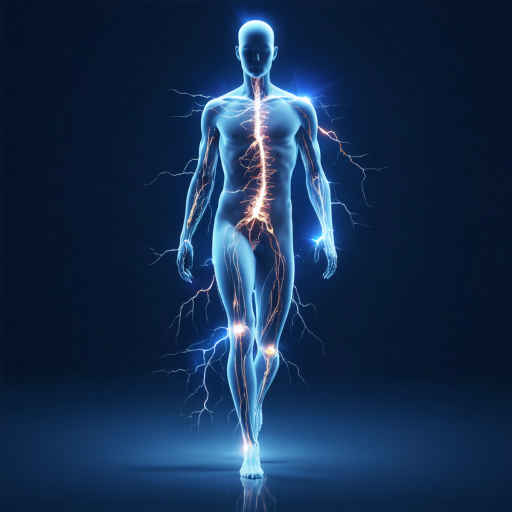Body Electrician
The Science of Strength, the Power of Nature
Optimize Your Body’s Electrical Health
Your Body Is an Electrical System — Here’s Why That Matters
Your body runs on electricity — not just metaphorically, but biologically. Every thought you have, muscle you move, and heartbeat you feel is powered by bioelectrical signals. Your nervous system acts like a high-speed network, sending electrical impulses from the brain to every cell in your body. Even your heart and muscles rely on precise electrical rhythms to function.
When this electrical system is disrupted — due to poor nutrition, inflammation, or stress — you can experience brain fog, fatigue, slow recovery, and poor focus. That’s why maintaining optimal electrical health is essential for mental clarity, physical energy, and total-body performance.
At Body Electrician, we create science-backed supplements designed to support your body’s natural bioelectric processes — helping you feel sharp, energized, and in sync.

Brain
The control center, processing sensory information and sending commands.
Spinal Cord
Transmits signals between the brain and the rest of the body.
Sensory Neurons
Carry messages from the body to the brain.
Motor Neurons
Carry messages from the brain to muscles for movement.
Electrical Activity
Neurons use action potentials (rapid electrical impulses) to communicate.
This is facilitated by the flow of ions (mainly sodium and potassium) across the nerve cell membrane.
Heart
The heart has it’s own electrical network that keeps it beating in a coordinated rhythm.
Key Components:
- Sinoatrial (SA) Node: The heart’s natural pacemaker. It initiates electrical impulses that trigger each heartbeat.
- Atrioventricular (AV) Node: Acts as a gatekeeper, slowing the impulse before it reaches the ventricles.
- Bundle of His, Bundle Branches, and Purkinje Fibers: Conduct the impulse through the ventricles to trigger contraction.
Muscle Contraction
Both voluntary (skeletal) and involuntary (smooth, cardiac) muscles respond to electrical impulses. Motor neurons release neurotransmitters that bind to receptors on muscle fibers. This triggers depolarization and leads to muscle contraction via the sliding filament mechanism.
Electrolytes
Electrolytes are charged ions that are critical to maintaining the body’s electrical balance. Sodium (Na⁺), Potassium (K⁺), Calcium (Ca²⁺), Chloride (Cl⁻), and Magnesium (Mg²⁺) regulate: Nerve signal transmission Heart rhythm Muscle function Cellular hydration
Synapses and Neurotransmitters
Electrical signals in neurons are converted into chemical signals at synapses. These chemicals (like dopamine, serotonin, acetylcholine) then bind to receptors on the next neuron to continue the signal transmission.

